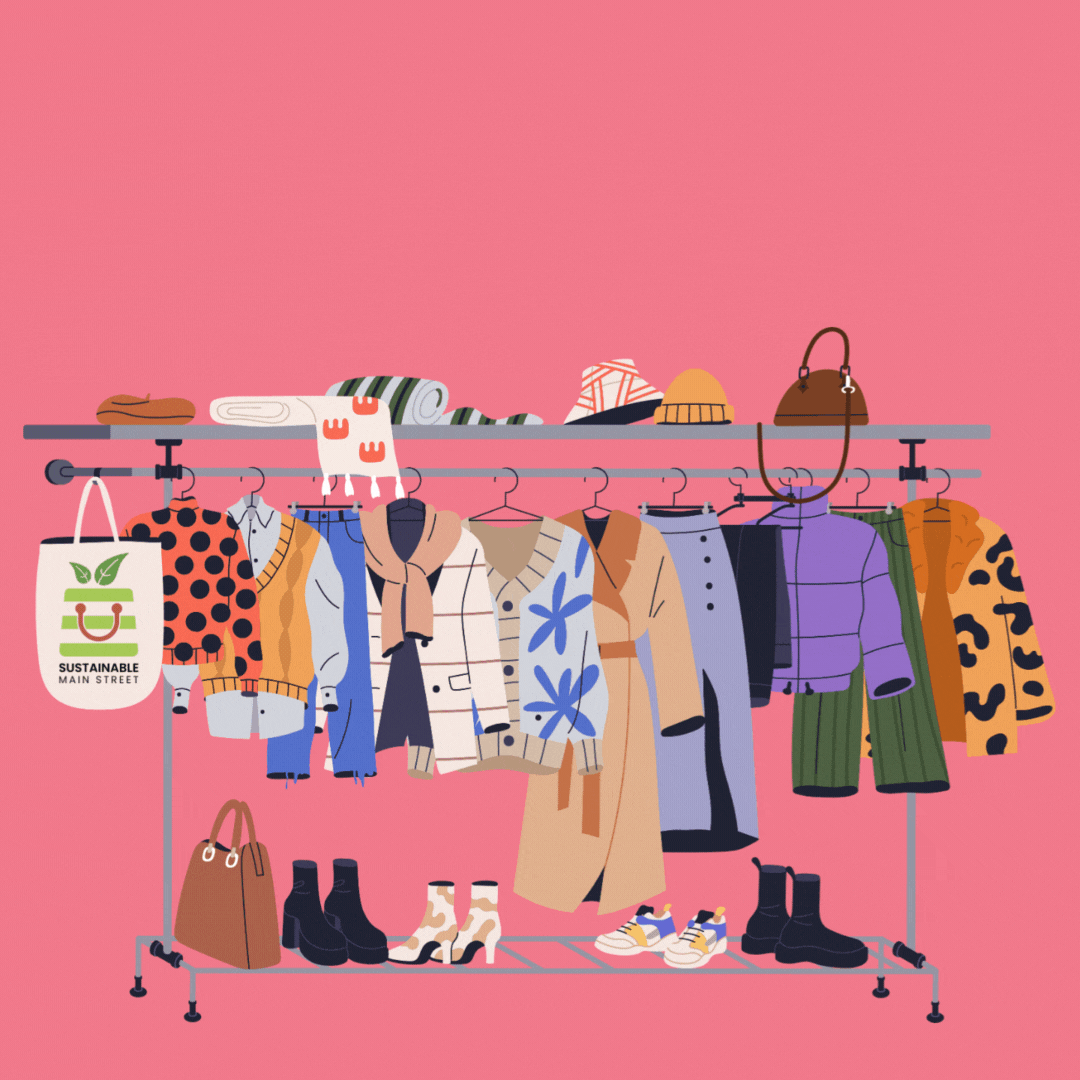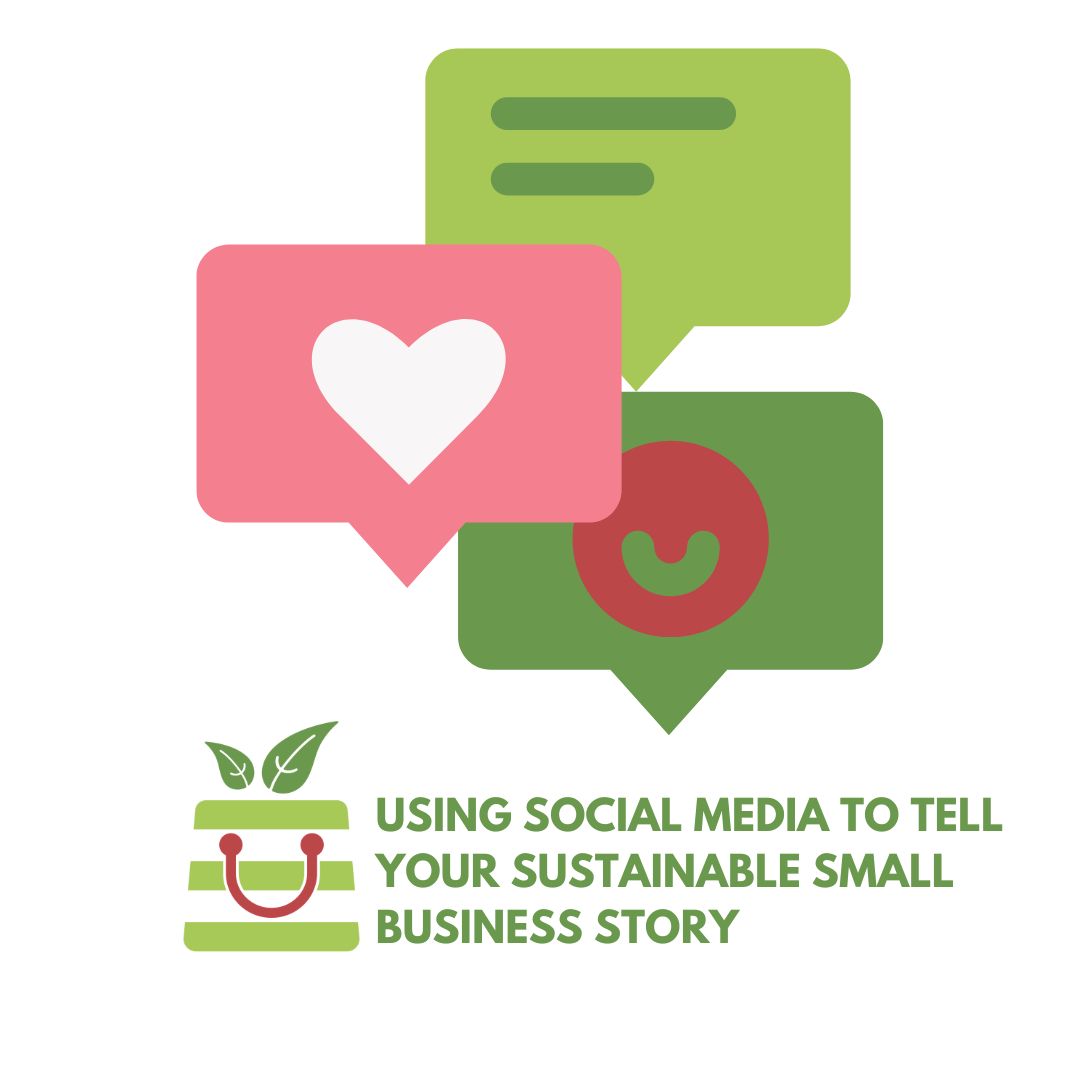Fast fashion is a known environmental problem, accounting for almost 10% of global carbon emissions. According to earth.org, of the 100 billion garments produced each year, 92 million tons end up in landfills. Sustainable Main Street is committed to connecting conscious consumers and like-minded businesses. The practice of ‘Slow Fashion’ is one way that more and more businesses are contributing to the sustainable lifestyles of their customers by emphasizing the quality and longevity of the goods they sell.
The Ethos of Slow Fashion
The concept of slow fashion opposes the trend of fast, disposable fashion that dominates the retail industry. It emphasizes quality over quantity, encourages thoughtful purchases, and promotes the long-term use of items. Slow fashion nurtures respect for the production process, the labor that goes into the making, and a deeper understanding of the material’s lifespan.
The Pillars of Slow Fashion
Sustainability
Slow fashion focuses on utilizing sustainable materials that have a low environmental impact. Natural fabrics such as cotton, hemp, and silk are preferred over synthetic materials, which are non-biodegradable and emit harmful substances when produced.
Ethical Production
Promoting fair wages, safe working conditions, and workers’ rights are fundamental to the slow fashion ethos. It’s not just about the final product, but also about the people and processes involved in creating it.
Quality Over Quantity
Slow fashion encourages consumers to invest in quality items that last longer. It challenges the mindset of consuming cheap, disposable clothing that fills up our closets and landfills.
Why Slow Fashion Matters
Slow fashion is about more than just clothes. It’s about redefining the relationship between producers, consumers, and the environment. By choosing slow fashion, we’re opting for a system that respects human rights, conserves the environment, and sustains local economies.
How to Participate in the Slow Fashion Movement
Transitioning to slow fashion can seem overwhelming, but there are small steps we can all take:
- Start by examining your existing wardrobe and re-wearing or upcycling garments that you already own.
- When decluttering, dispose of unwanted items responsibly or sell them to someone who can use them.
- When shopping, prioritize quality over quantity and choose eco-friendly fabrics and materials.
- Support brands that value ethical production and transparency.
- Prioritize second-hand shopping to minimize the demand for new production.
The Slow Fashion Future
Slow fashion is not just a trend, but a movement towards a sustainable future. We can contribute to an environment-friendly and socially-responsible economy by embracing slow fashion. Join us in making a difference, one garment at a time.
Slow fashion isn’t merely a concept—it’s a lifestyle choice that requires a shift in mindset. By embracing this sustainable path, we’re investing in high-quality, long-lasting garments and contributing to a more equitable, environmentally-friendly future.
Remember, every garment purchased thoughtfully is a step towards a sustainable world. Shop now on Sustainable Main Street!






![Validate my RSS feed [Valid RSS]](https://8hj.d65.myftpupload.com/wp-content/uploads/2023/06/social_style_3_rss-512-1.png) [Valid RSS]
[Valid RSS]